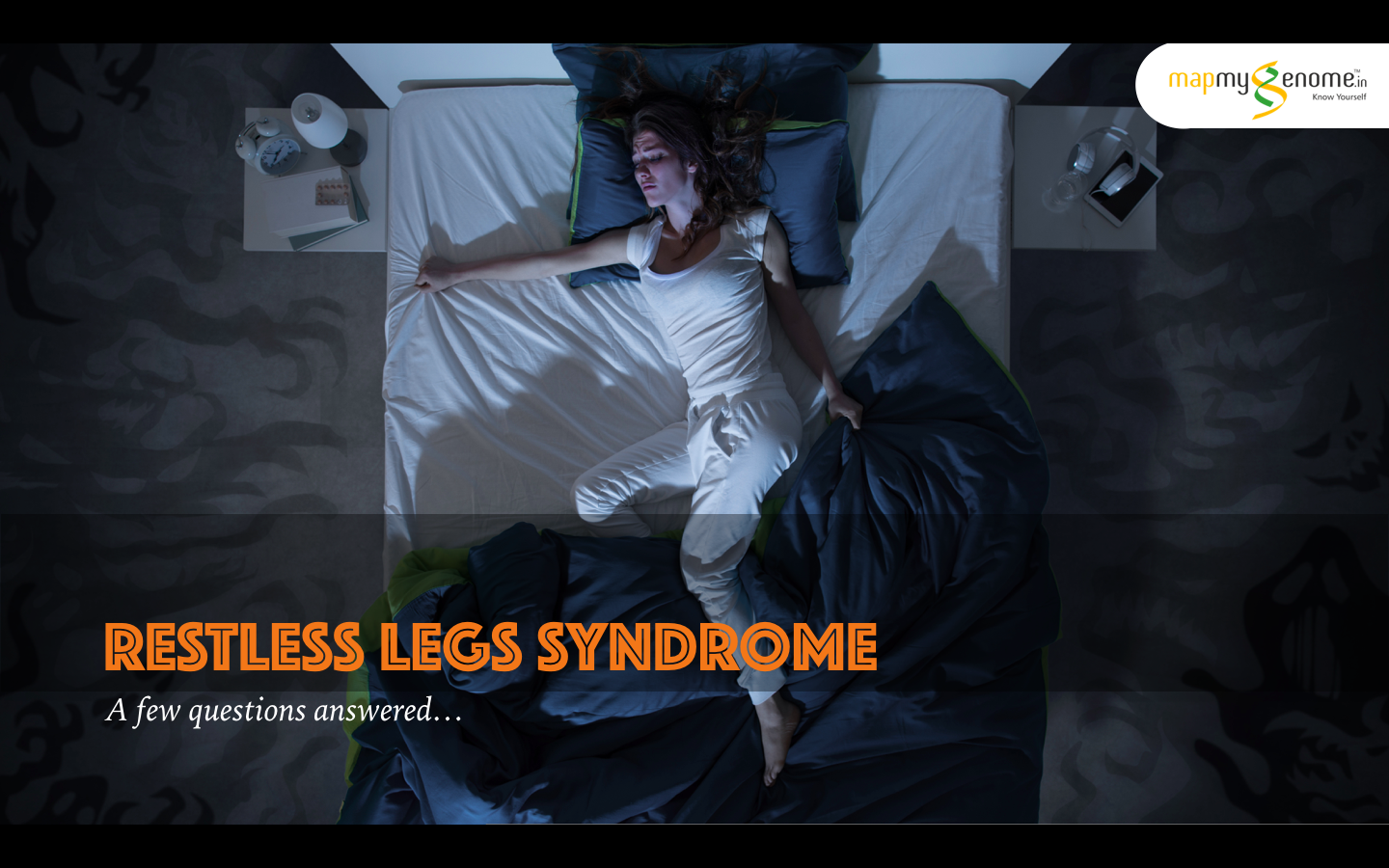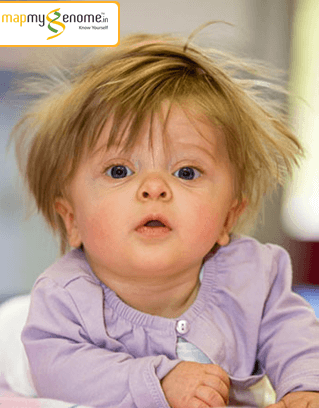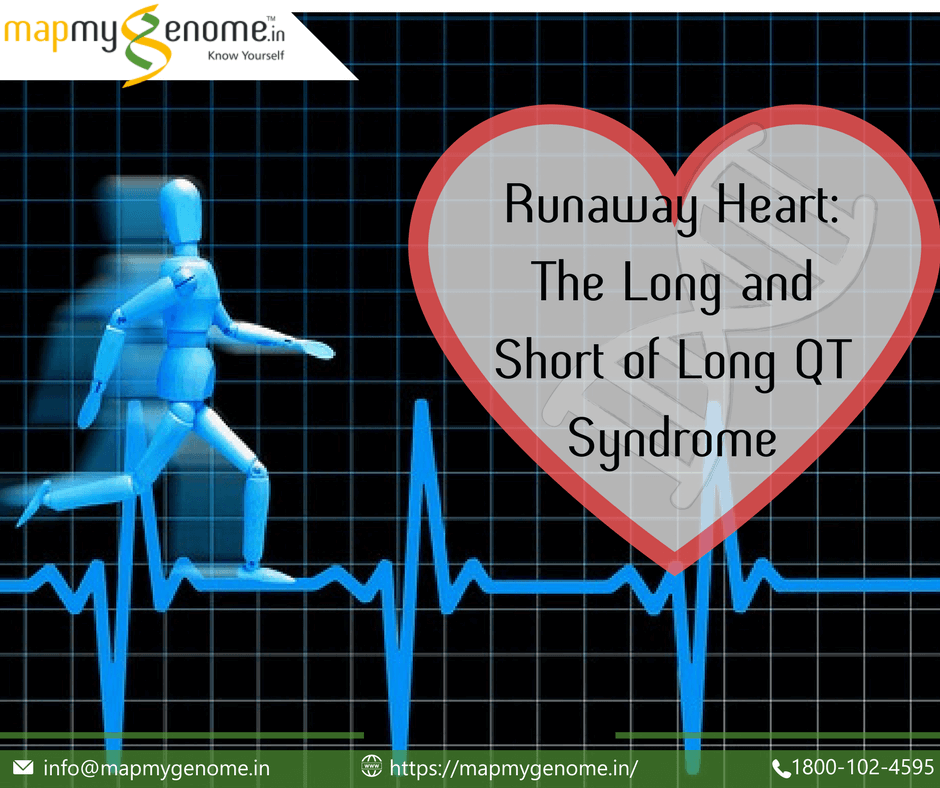
You learn something new every day, even when you are least expecting it. It could be something as simple as taking a mental note. For example, when we are nervous or anxious… we end up chewing our nails, rubbing our palms, smothering those weird tangles in our hair…a lot of people shake their legs. Some do it out of habit and I learnt from an unusual experience, some cannot help it.
During one such random/routine visit to the doctor, I was waiting for my appointment when the lady next to me could not stop moving her feet. I tried to block out the noise, read a book, meditate in my mind (deep breath in – deep breath out) but the constant movement was annoying! I politely asked her if she could try stopping and she just smiled helplessly. I went back to my book but could not ignore the sound. This time, accompanied by my full range of mommy hormones, I stood up and screamed and all she said was, “I am sorry. I have RLS!” She was called in right after and I couldn’t ask or process what was said, so I googled the only word that stuck to my head “RLS”!
RLS stands for Restless Legs Syndrome. It is a condition (also known as Willis Ekbom’s syndrome) related to the nervous system that causes an irresistible urge to move/shake your legs. Upon further reading I learnt that affected people have uncomfortable sensations on their legs – for examples, pins and needles, a sharp itch that forces them to move their legs. This is not just during a particular time of the day, it interferes with sleep as well. So, people with RLS regard it as a sleeping disorder as well! In fact, the condition worsens during stagnant moments such as lying down, resting or being comfortable in one position for a long duration of time.
Studies say that 6% of the global population (both male and female) is affected by RLS. A study in the Indian population revealed a prevalence rate of 2.1% in the south indian urban population. It has also been noted that although the condition affects both sexes; it is more common in females. RLS is one of the primary causes of disturbed sleep cycle in the female population. In certain individuals, it is known to stem during pregnancy. With no constant age barrier and such profound effects on sleep, this condition does hamper quality of life and threatens the onset of cardiac related issues.
This information further propelled me towards the underlying causes of this disorder. Was there something we were doing that enhanced or encouraged this condition? Was there any way to reduce or manage it by changing our habits? Studies from Mayo and Cleveland Clinic mentioned medication (antidepressants, antihistamines..), chronic conditions like iron deficiency, parkinson’s, diabetes to be some causes. In women, pregnancy was found to be a common risk factor for RLS.
One of the most interesting things I read about was that many of us carry elements in our DNA, elements which predispose us towards developing RLS! Genes that control limb function, limb development in the embryonic stages (children with RLS suffer from what is known as ”growing pains”) and genes in different parts of the brain (like the hippocampus) are partly responsible for causing RLS. Having a family history of RLS can increase your risk three to seven times!
Being forewarned is being forearmed. I got to thinking that it is better to get tested and learn about potential risk and maybe…maybe avoid developing some serious health concerns. Excessive stress, poor work output, low efficiency due to sleepless nights can be very exhausting and depressing. This can further lead to an aggravated mode of RLS. I looked for tests that could possibly identify or highlight RLS for me or others known to me. I came across Mapmygenome online. Their Genomepatri test screens for not just RLS, but over a hundred different health conditions – from heart health, nutrition, skin and hair to liver, kidney and gut health.

The Genomepatri experience was an eye-opener – From the first report (based on my DNA analysis) to the detailed counselling (a genetics and health expert helped me understand the implications of the results) and personalized diet/lifestyle recommendations, I gained new perspective and new zeal for a healthier, happier life. I still follow most of the health recommendations and am definitely more regular with my medical check-ups and doctor’s visits! What makes me the happiest is that I took a proactive step towards ensuring a better future for my family….by ensuring I maintain good health for many years to come.
Our hectic daily lives do not always allow us moments of peace and understanding. One has to find them and learn as much as possible to improve the quality of our lives. Our demanding work schedule also makes it difficult to pay attention to small issues, which become much bigger problems later. It is truly difficult to find more time but one must compensate by making every little opportunity an educational experience – and try and adapt to a healthier lifestyle. My little “restless” experience in the doctor’s office, followed by Genomepatri, did the same for me and I came out of that office as a more informed individual.
References:
- Ohayon MM, Roth T. Prevalence of restless legs syndrome and periodic limb movement disorder in the general population. J Psychosom Res 2002 Jul;53(1): 547-54.
- Berger K, Luedemann J, Trenkwalder C, John U, Kessler C., Sex and the Risk of Restless Legs Syndrome in the General Population. Arch Intern Med. 2004;164(2):196-202. doi:10.1001/archinte.164.2.196.
- Prevalence of restless legs syndrome in North American and Western European populations: A systematic review Kim E. Innes, Terry Kit Selfe, Parul Agarwal. Sleep Medicine – August 2011 (Vol. 12, Issue 7, Pages 623-634, DOI: 10.1016/j.sleep.2010.12.018)
- Picchietti D. L., Hensley J. G., Bainbridge J. L., Lee K. A., Manconi M., McGregor J. A., et al. 2015. Consensus clinical practice guidelines for the diagnosis and treatment of restless legs syndrome/willis‐ekbom disease during pregnancy and lactation. Sleep Med. Rev. 22:64–77.





